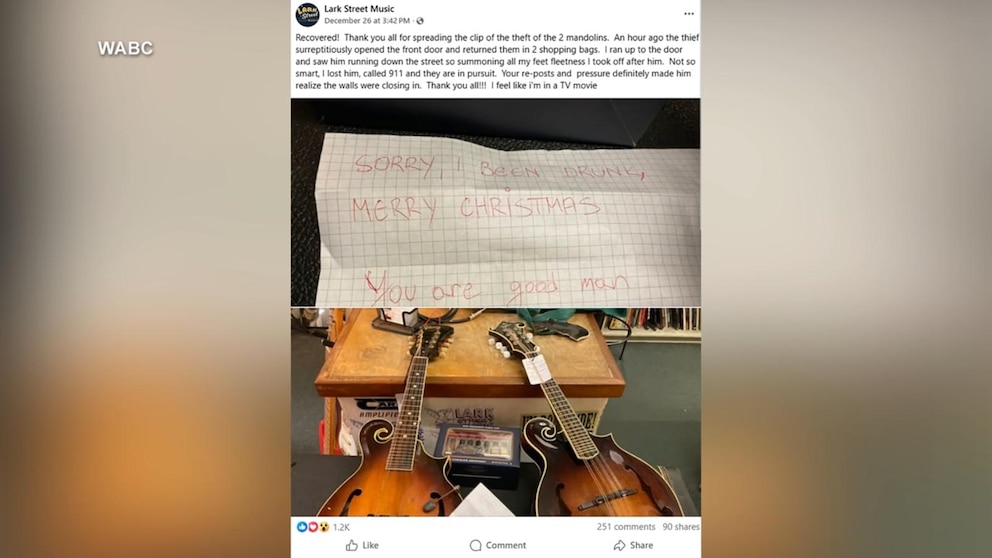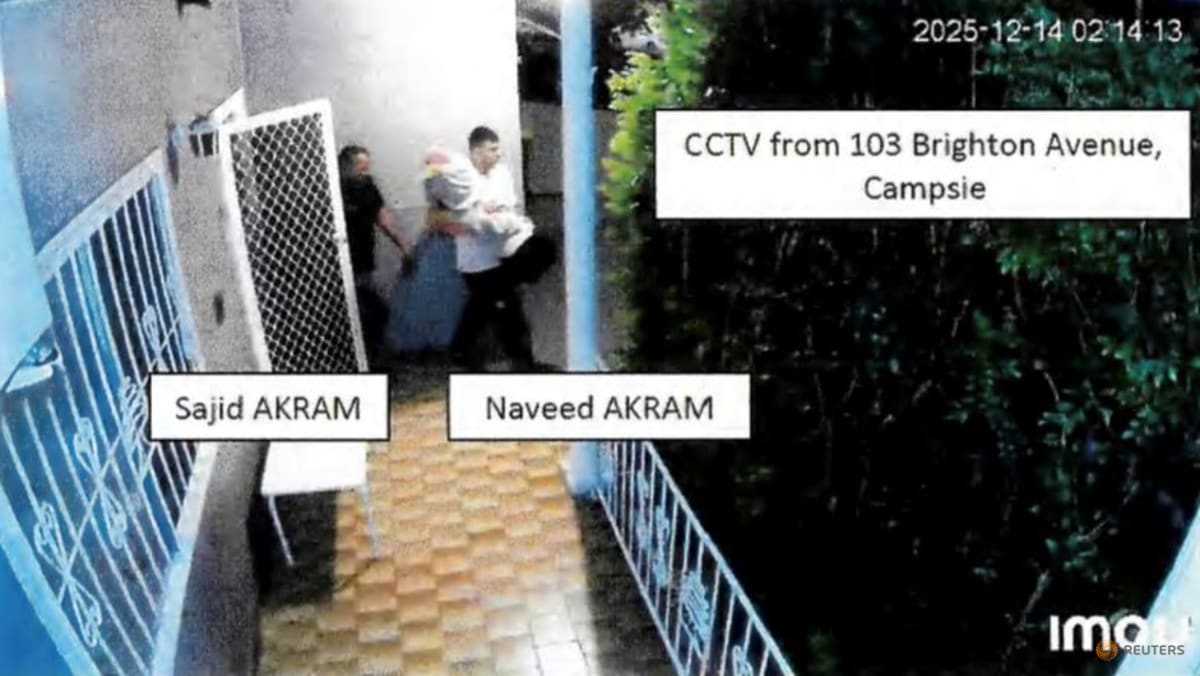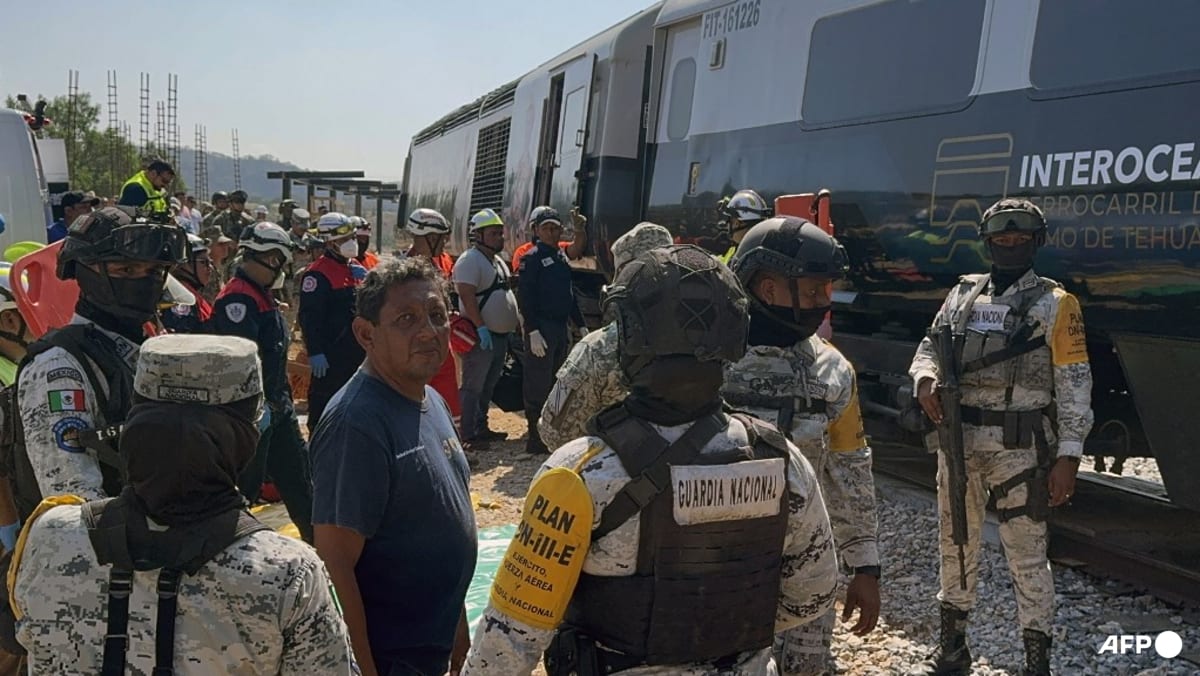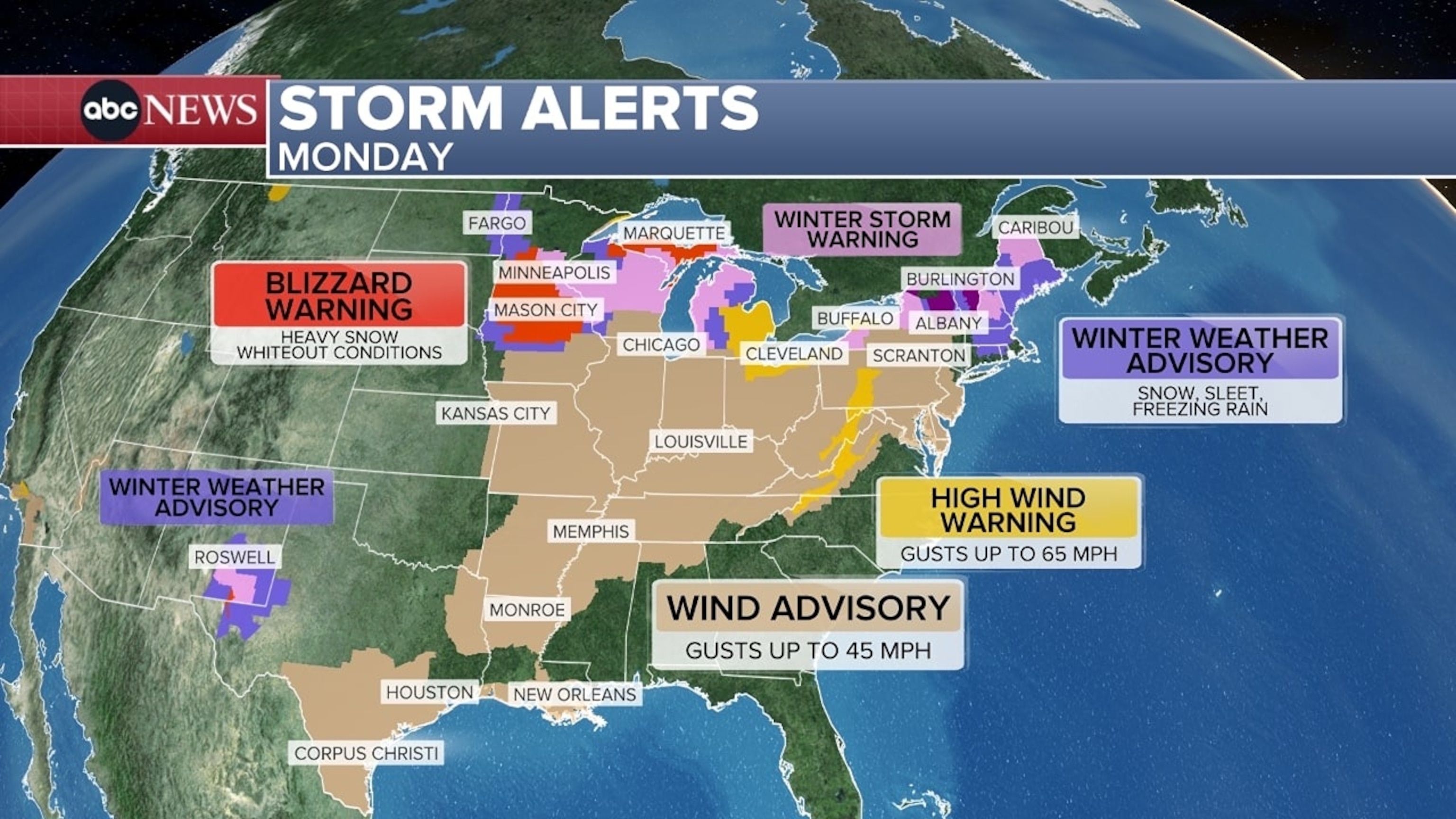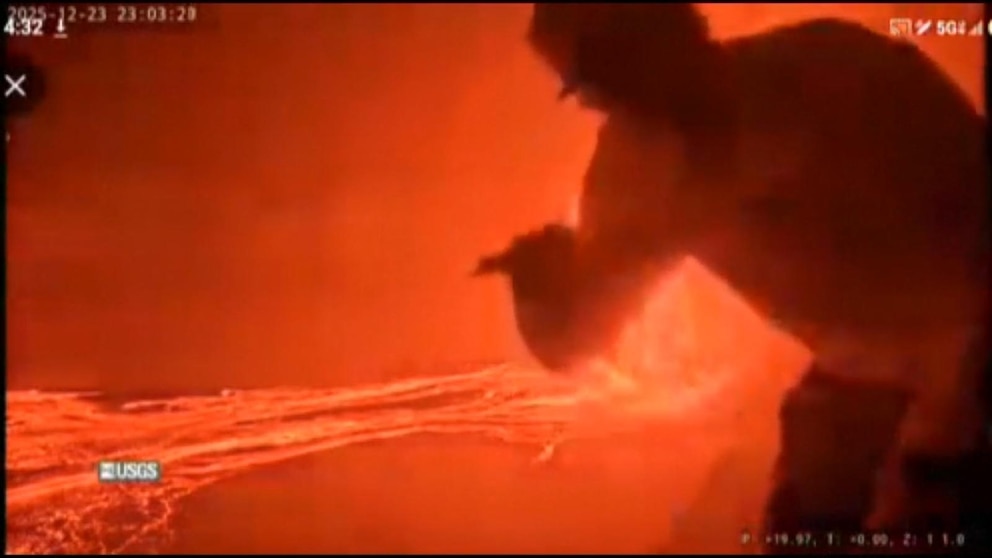Commentary: Advertising toys to children is an environmental nightmare

When the opportunity arises, children and adolescents express empathy and distress at the situation, and may even be predisposed to anxiety. The climate anxiety that children experience may be for themselves and their own family, for future generations, or for the environment and other species. These findings suggest that the capacity for children to understand the climate crisis could counteract their susceptibility to advertising which inflames it.
Drawing on our analysis of how children’s participation can generate solutions to environmental issues, I have put together recommendations which may be helpful to parents and guardians this Christmas season.
GET THE WHOLE FAMILY INVOLVED
Have discussions with your child about how a toy will possibly be good or bad for the environment. For instance, some well-known brands have switched to using plastic made from ethanol extracted from sugar cane.
Look for eco-labels on toys and find out which suppliers stock green toy brands. Also ask questions about the educational merit of a toy choice and help your child weigh up the pros and cons. Try balancing these purchases with more commercial ones.
Perhaps find out how your children could become involved in national and international debates on climate change. The UN recently made explicit that there is a legal responsibility on advertisers to ensure that marketing does not mislead children and it has placed a high value on children’s involvement in these matters, producing a child-friendly version (and an accompanying video) of its position on children’s rights and the environment.
TOY BANKS
Look out for collection points for pre-loved toys. Toy banks can start with family, friends and neighbours. Perhaps canvass local residential committees and local government to start one if there isn’t one near you.
Encourage your children to gather a used-toy selection to send to local charity shops in the run up to Christmas.
Source: CNA



